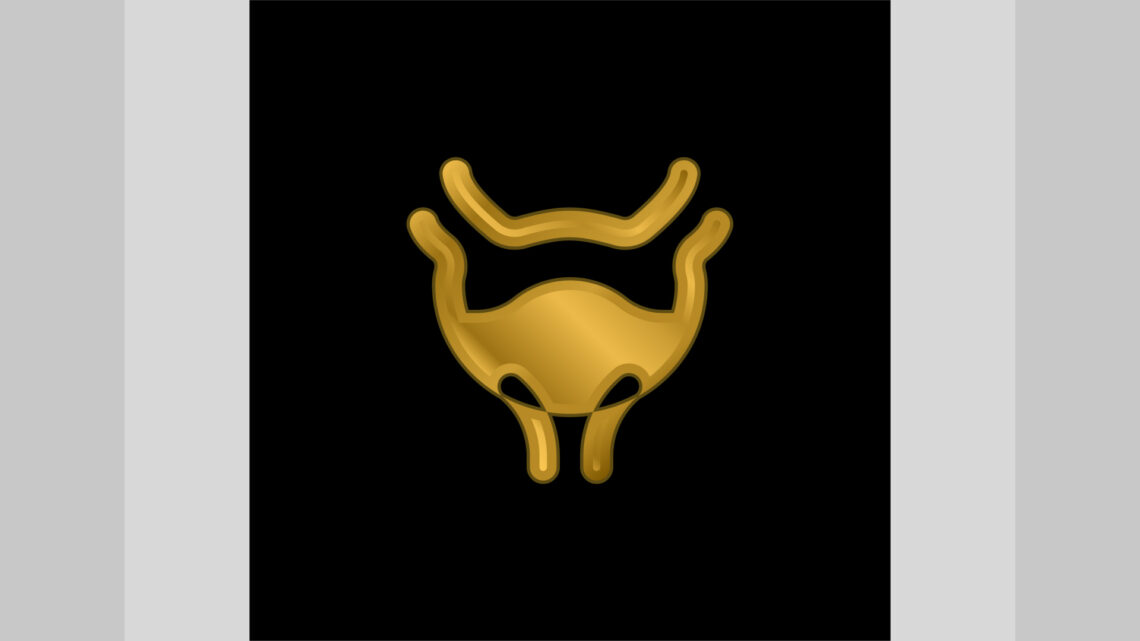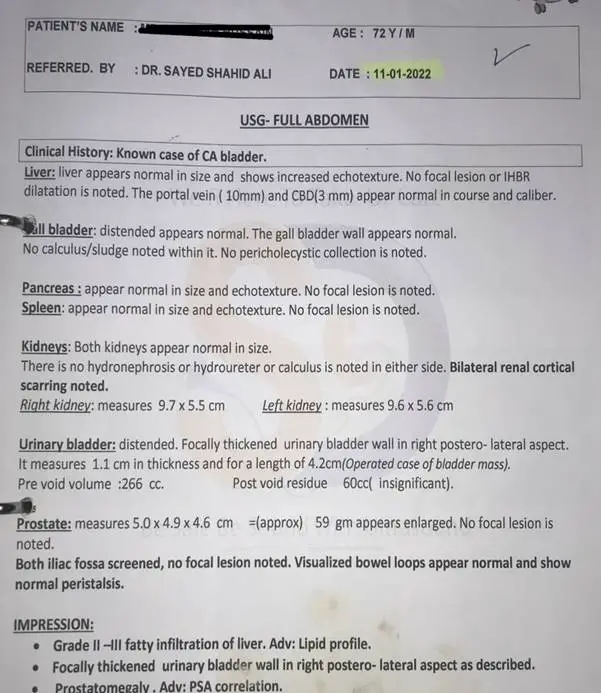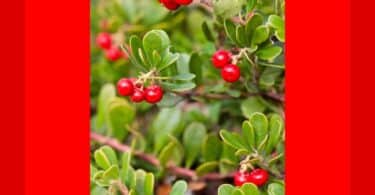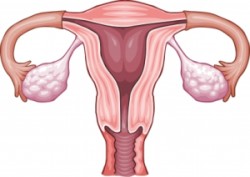A 72 years old, male patient came with symptoms of frequent urination, incontinence of urine, flatulence and right-side knee pain since 2-3 months.
K/C/O: Ca Urinary Bladder, post TURBT Status (TURBT Biopsy done on 17.12.2021 showed high grade urothelial carcinoma). Diabetes and hypertension for which he is already taking allopathic medicines.
USG dated 11.01.2022 showed Grade II-III fatty liver, focally thickened urinary bladder wall 1.1cm in right posterolateral aspect and prostatomegaly with an advice for PSA co-relation. PSA dated 15.01.2022 showed value of 3.070 ng/ml
On examination: tenderness of abdomen, right hypochondriac region
Trembling of limbs, upper and lower
Patient feared relapse of cancer, however did not want to follow the allopathic mode of treatment and sought homeopathic intervention.
First Prescription given on 18.01.2022:
| Prescription | Reason for selection |
| Taraxacum 3X Liquid – 20 drops – 3 times a day for 15 days | Indicated in cancer of bladder, flatulence Liver enlarged and indurated. Very restless limb.
Ref: Boericke’s Materia Medica |
| Olibanum 6C – 4 pills – 3 times a day for 15 days | Boswellic acids act in a number of ways that may inhibit cancer growth. Boswellic acids have been shown to prevent certain enzymes from negatively affecting DNA. Studies have also found that Boswellia may fight advanced breast cancer cells, and it may limit the spread of malignant leukaemia and brain tumor cells.
Another study showed Boswellic acids to be effective in suppressing the invasion of pancreatic cancer cells. Besides being an effective anti-inflammatory, Boswellia can be an effective painkiller and may prevent the loss of cartilage. |
| Follow up date | Outcome | Prescription | Reason for selection |
| 16.03.2022 | USG dated 16.03.2022 showed:
Urinary bladder wall thickness 6.7mm
Frequency of urination reduced Flatulence reduced Appetite improved No restlessness of limbs
|
Rx
1. Thuja 30C TDS 2. Carcinosin 30C one dose alternate day |
Banerji Protocol |
| 29.07.2022 | USG dated 29.07.2022 showed:
Urinary bladder wall thickness 5.8mm
Symptomatic improvement noted as follows: No incontinence of urine No flatulence |
Rx
1. Thuja 30C BD |
Modified Banerji Protocol as per improvement in case |
| 24.11.2022 | USG dated 24.11.2022 showed:
Urinary bladder wall thickness 5.8mm |
Rx
1. Thuja 30C TDS |
Modified Banerji Protocol as per improvement in case |
| 04.03.2023 | USG dated 04.03.2023 showed:
Urinary bladder wall thickness 4.0mm |
Rx
1. Thuja 30C BD |
Modified Banerji Protocol as per improvement in case |
| Patient is still continuing homeopathic medicines at reduced frequency and is asymptomatic | |||
Reports attached (below) with patient’s consent.








